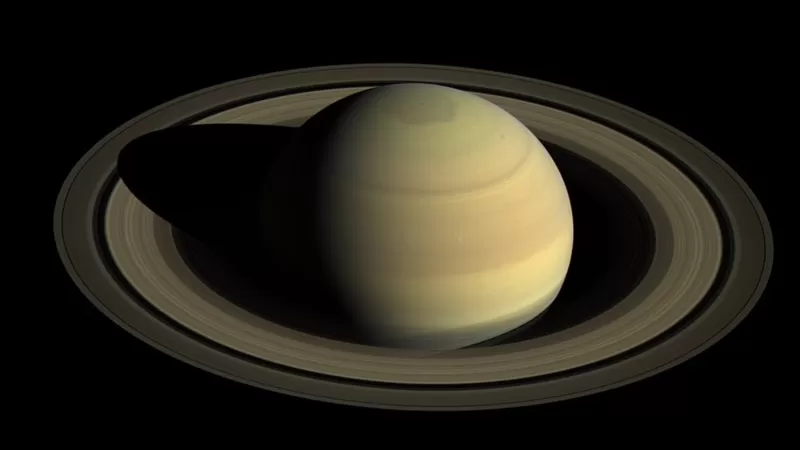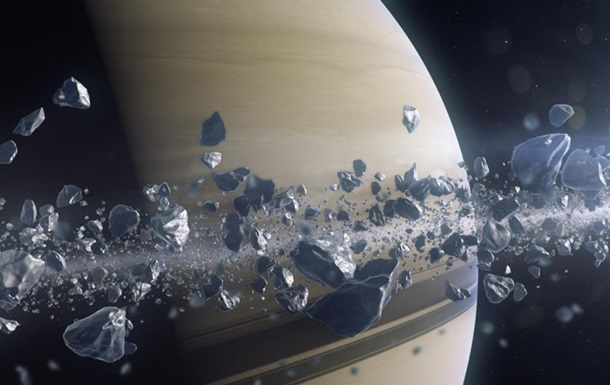The “inhabitants” of the Solar System remind us again about their “parade”, arranged in April-June. Now the outer planets are beginning to enter into the configuration of opposition in turn. And Saturn will be the first to do this — its opposition to the Sun, which will take place on August 14, will be the first such event this year.
Recall that opposition in astronomy is called such a configuration when the objects involved in it are at opposite points of the celestial sphere. Since there is nothing “absolutely opposite” in this world, scientists use a more precise definition: celestial bodies are in opposition when the magnitude of their right ascension differs by exactly 12 hours. This makes it possible to single out the most important of such phenomena — opposition to the Sun. That’s what they mean when they say, for example, about the “opposition of Mars.”
At this time, the object rises in the evening, almost simultaneously with sunset, culminates at midnight and is above the horizon all night, that is, it is most convenient to observe it. In the case of planets, another important circumstance is added to this: in oppositions, the Earth is between them and our luminary, which means that their distance to the observer will be the smallest in this period. If a celestial body also happens to be near perihelion, the so-called great opposition takes place. Again, this term is most often used in relation to Mars, the nearest outer planet.

Saturn is now moving along a section of its orbit far from the Sun. On the day of the opposition, its heliocentric distance will be 9.862 AU (1 billion 475 million km), it will be separated from the Earth by 8.857 AU (1 billion 325 million km). The brightness of the planet will reach 0.3ᵐ, that is, it will be very easy to find it against the background of relatively weak stars of the constellation Capricornus. At the latitude of Kyiv, the height of Saturn above the horizon at the culmination will be 24°. Noticeably more favorable conditions for its observations will develop in the south of Ukraine.
The reversal of the famous Saturnian rings is gradually decreasing, but they are still easy to see in relatively small instruments with magnification of 30× and higher. Saturn is now facing the Earth and the Sun with its north pole. Interestingly, a significant increase in the surface brightness of the rings can be observed for several days before and after the opposition. This is due to the fact that they consist of many ice fragments, some of which shade each other. When the directions to the observer and the light source coincide (this is what happens in opposition to the Sun), we stop seeing these shadows, so the total brilliance of the debris becomes greater. This phenomenon has been called the “opposition effect”.

The next big planet to undergo a opposition configuration in 2022 will be Neptune, the planet farthest from the Sun in the Solar System. This will happen on September 16. Even earlier — on August 22 — the asteroid Vesta (4 Vesta), one of the four objects of the Main Asteroid Belt discovered at the beginning of the XIX century, will be in opposition.
Follow us on Twitter to get the most interesting space news in time
https://twitter.com/ust_magazine

